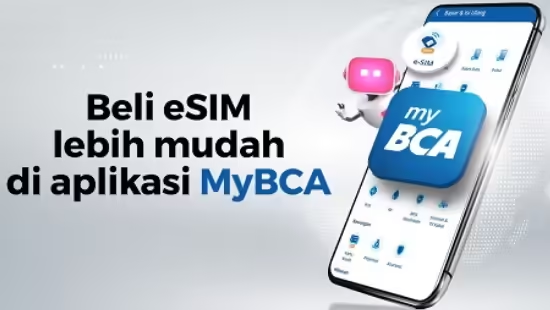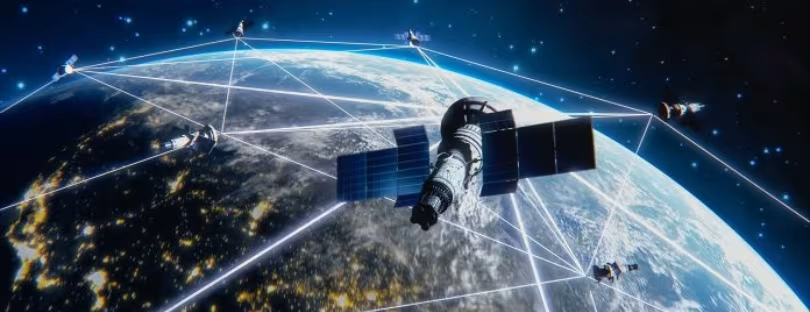
Starlink’s Romania Experiment: Pioneering Satellite Internet
As technology continually reshapes our lives, satellite internet stands out as a game-changer, especially in remote or underserved areas. One of the most exciting developments in this space is Starlink, the satellite internet service by SpaceX, headed by the visionary Elon Musk. Starlink Romania satellite internet experiment
Recently, Starlink has initiated an intriguing project in Romania, which could potentially revolutionize global satellite communications. Let’s dive deep into what this experiment entails and why it matters.
Understanding Starlink’s Mission
Starlink aims to provide high-speed internet across the globe, particularly in regions where traditional connections fail to deliver. But, like any ambitious endeavor, challenges arise, particularly in terms of regulations and technical limitations.
What Are Those Challenges?
- Regulatory Hurdles: Existing norms can stifle innovation.
- Technical Limitations: Power transmission restrictions can hinder performance.
- Global Standards: Aligning with international regulations requires extensive testing.
The Experiment: What’s Happening in Romania?
Starlink’s recent endeavors in Romania have focused on testing new power limits for their satellites. This project has been approved and supervised by the National Authority for Management and Regulation in Communications (ANCOM), and it has been ongoing for several months.
“ANCOM, the Ministry of National Defense and SpaceX have conducted the first real-world test to demonstrate that Starlink’s non-geostationary satellite (NGSO) systems can operate without interfering with geostationary satellite (GSO) networks, even with relaxed limits of power flux density (epfd). The data collected following the test will be transmitted to the relevant European and international bodies to contribute to ongoing studies and which will later be able to improve the current regulations regarding the spectrum allocated to satellite communications”,
ANCOM transmits.
Informaţiile publicate de Profit.ro pot fi preluate doar în limita a 500 de caractere şi cu citarea în lead a sursei cu link activ. Orice abatere de la această regulă constituie o încălcare a Legii 8/1996 privind dreptul de autor.
The Goal of the Experiment
The primary objective is to show that the Equivalent Power Flux Density (EPFD), a standard set by the International Telecommunications Union (ITU), can be adjusted without disrupting existing satellite services, especially classical geostationary satellites.
Why Does EPFD Matter?
- Definition of EPFD: It measures the maximum power density a satellite can transmit to a ground station.
- Impact on Speed and Coverage: A low EPFD restricts the performance of satellite services, limiting speed and area coverage.
- Protection for Classic Satellites: The current norms are designed to prevent interference with older, geostationary satellites. Starlink Romania satellite internet experiment
How the Experiment Works
- Duration: The experiment started in July and will last for six months.
- Operational Parameters: Starlink is operating under specific conditions agreed upon with ANCOM, in a limited area.
- Data Collection: The study aims to evaluate the performance and safety of operating at higher EPFD levels.
ANCOM’s Role and Responsibilities
ANCOM is not just a regulatory body; it is a vital partner in facilitating this experiment. Their involvement ensures that safety and performance metrics are monitored closely.
Key Responsibilities:
- Monitoring Compliance: Ensuring Starlink adheres to the agreed parameters.
- Data Analysis: Evaluating the experiment’s impact on both new and classic satellite systems.
- Sharing Results: Plans to present findings at ITU meetings, influencing future standards.
The Expected Outcomes
This test is crucial to determining whether adjusting EPFD levels can boost Starlink’s capacity while ensuring that traditional satellites remain unaffected.
Musk’s Bold Prediction
Elon Musk has consistently pushed for progress. He believes Starlink satellites can operate at capacities as much as eight times higher than the current ITU limits without causing interference with geostationary satellites.
Supporting Claims
- Technological Advances: New technology could handle increased power levels efficiently.
- Sustainable Operations: A focus on harmony between new and existing systems is fundamental.
Potential Benefits of a Higher EPFD
- Enhanced Speed: Users could experience significantly faster internet speeds.
- Wider Reach: Rural and remote areas could gain access to reliable internet.
- Improved Services: More robust connections for applications requiring high bandwidth.
Starlink in Romania: A Timeline of Events
To better understand the significance of the current experiment, let’s trace the steps that brought Starlink to Romania. Starlink Romania satellite internet experiment
Chronology of Key Events
- March 2022: Starlink services became available in Romania.
- July 2023: Launch of the EPFD experiment in collaboration with ANCOM.
- Upcoming: Results expected at ITU meetings following the experiment’s conclusion.
Why Romania? The Strategic Choice
But why has Romania become the testing ground for Starlink’s bold new experiment? Several factors make this Eastern European country a strategic choice.
Reasons for Romania’s Selection
- Proximity to Regulatory Bodies: Engaging with ANCOM facilitates smoother operations.
- User Demand: A growing population in need of reliable internet solutions.
- Innovative Spirit: Romania’s tech sector is vibrant and supports experimental initiatives.
The Broader Implications for Satellite Internet
If this experiment succeeds, it could set a historical precedent for global satellite communication standards. The implications extend beyond just Starlink.
Potential Global Impacts
- Revamped Regulations: A shift in EPFD standards could unlock new capabilities for all satellite providers.
- Increased Competition: More companies could enter the market, improving service options.
- Global Connectivity: Enhanced satellite services could dramatically improve global internet access.
Visualizing the Future of Satellite Internet
Imagine a world where marginalized communities are empowered with fast, reliable internet. The ability of satellites to provide services at unprecedented speeds could bridge the digital divide, opening doors to educational and economic opportunities.
The Need for Continued Innovation
As we venture into a future shaped by technology, innovation must remain a top priority. The landscape of internet access is evolving, and we must adapt to these changes.
Looking Ahead
- Continued Testing: Ongoing experiments will refine techniques and standards.
- Engagement with Stakeholders: Collaboration between governments, companies, and users will be critical.
- Public Awareness Campaigns: Educating users about satellite technology is essential for adoption.
Conclusion: The Future of Satellite Internet in Romania and Beyond
Starlink’s experiment in Romania represents a pivotal moment in the evolution of satellite internet. By challenging outdated regulations and pushing for innovative solutions, Starlink is not just enhancing its own services but also paving the way for a more connected world. As we monitor this experiment’s outcome, it’s essential to keep an open mind about the transformative potential of satellite technology.
In the rapidly changing landscape of internet connectivity, will we witness a new dawn for satellite communication? Only time will tell.
FAQs
- What is Starlink?
Starlink is a satellite internet service operated by SpaceX, aiming to provide high-speed internet globally, especially in underserved areas. - What is EPFD?
Equivalent Power Flux Density (EPFD) is a standard that limits the power a satellite can transmit to ground equipment, crucial for protecting geostationary satellites. - Why is the experiment significant?
The experiment aims to test whether the EPFD limits can be increased without causing interference with existing satellite services, potentially enhancing Starlink’s performance. - How long will the experiment last?
The experiment in Romania is slated to last for six months, starting from July 2023. - What are the potential benefits of a higher EPFD?
Increased EPFD levels could lead to faster internet speeds, wider coverage areas, and improved services for users, particularly in remote locations.











